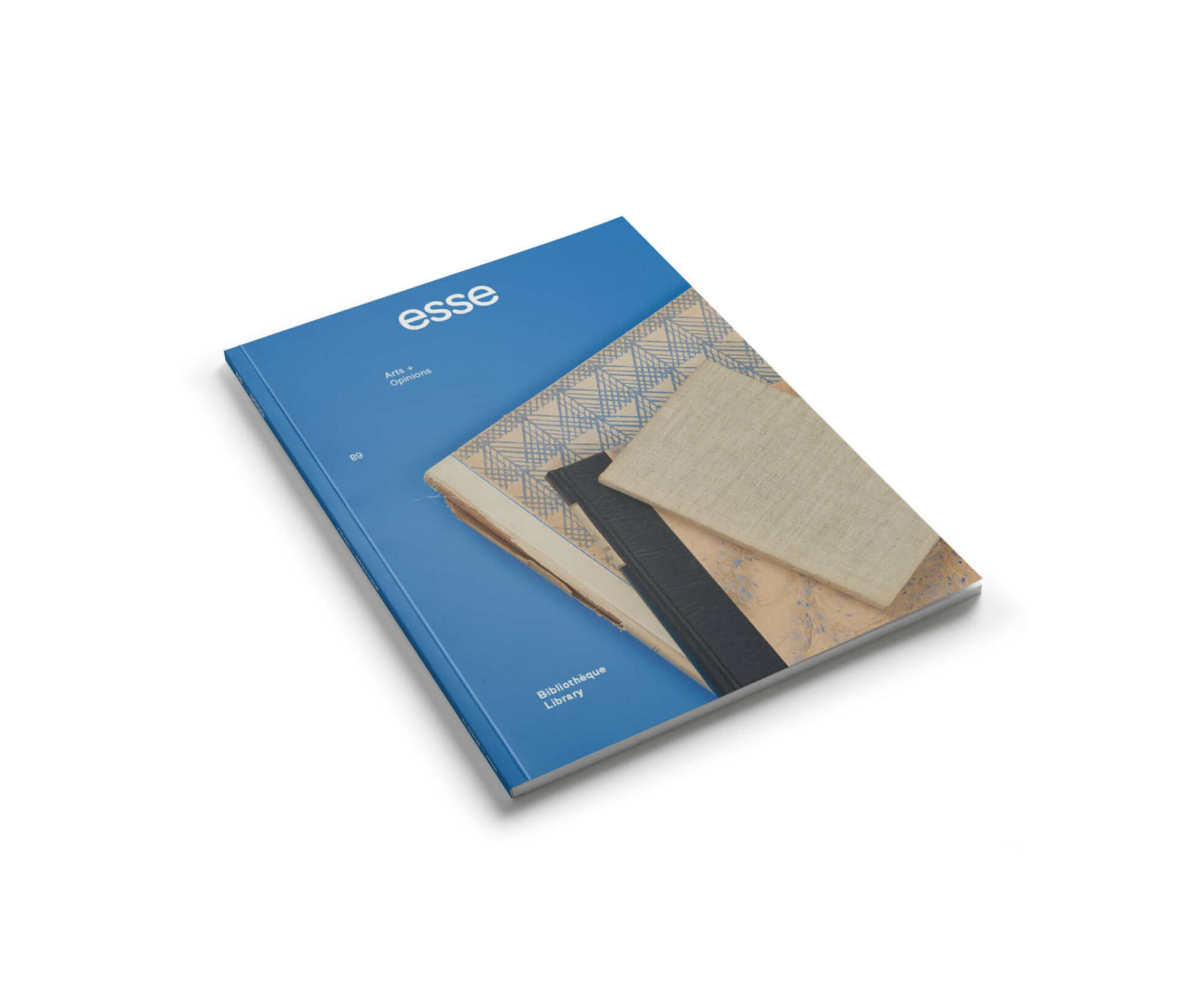
Photo : Guy L’Heureux, courtesy of the artist
Retranscription of Foundational Texts in Simon Bertrand’s Work
— Thierry Hentsch
What would a library be without its books? At worst, an empty shell; at best, an architectural masterpiece. From its etymology to its function, the library inevitably leads us back to the book and, by extension, to the text, that vehicle of human thought and the earliest receptacle of knowledge by which the narratives of humanity have been transmitted to us. Many of these stories continue to feed the contemporary imagination. “Each of them, in its own way, seeks answers from humanity in its most fundamental aspect: in its relationship with reality and with death,”2 2 - Ibid., 15. Thierry Hentsch emphasizes in a rereading of the great narratives of the West. The Bible, whose corpus of texts forms its own library (hence its name), is the prime example of this, along with the Homeric texts.
